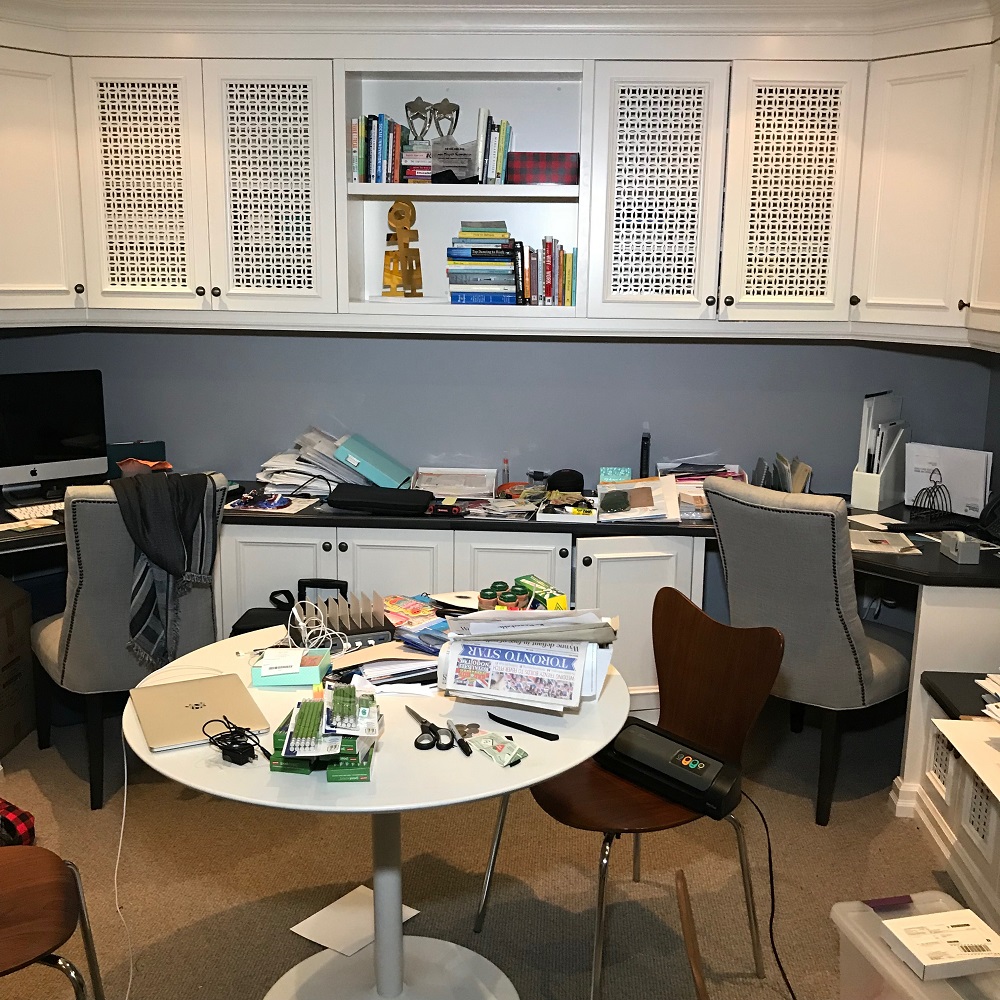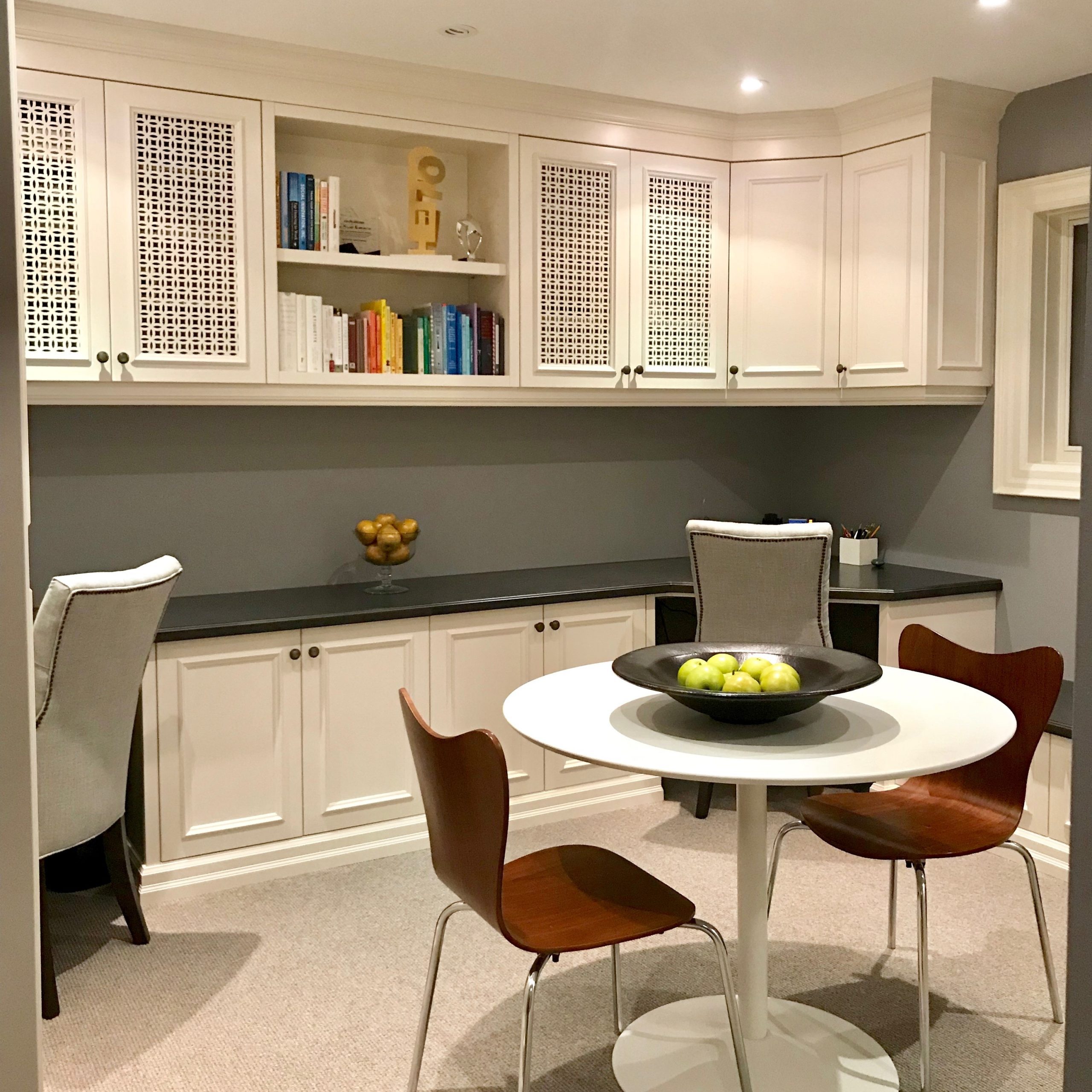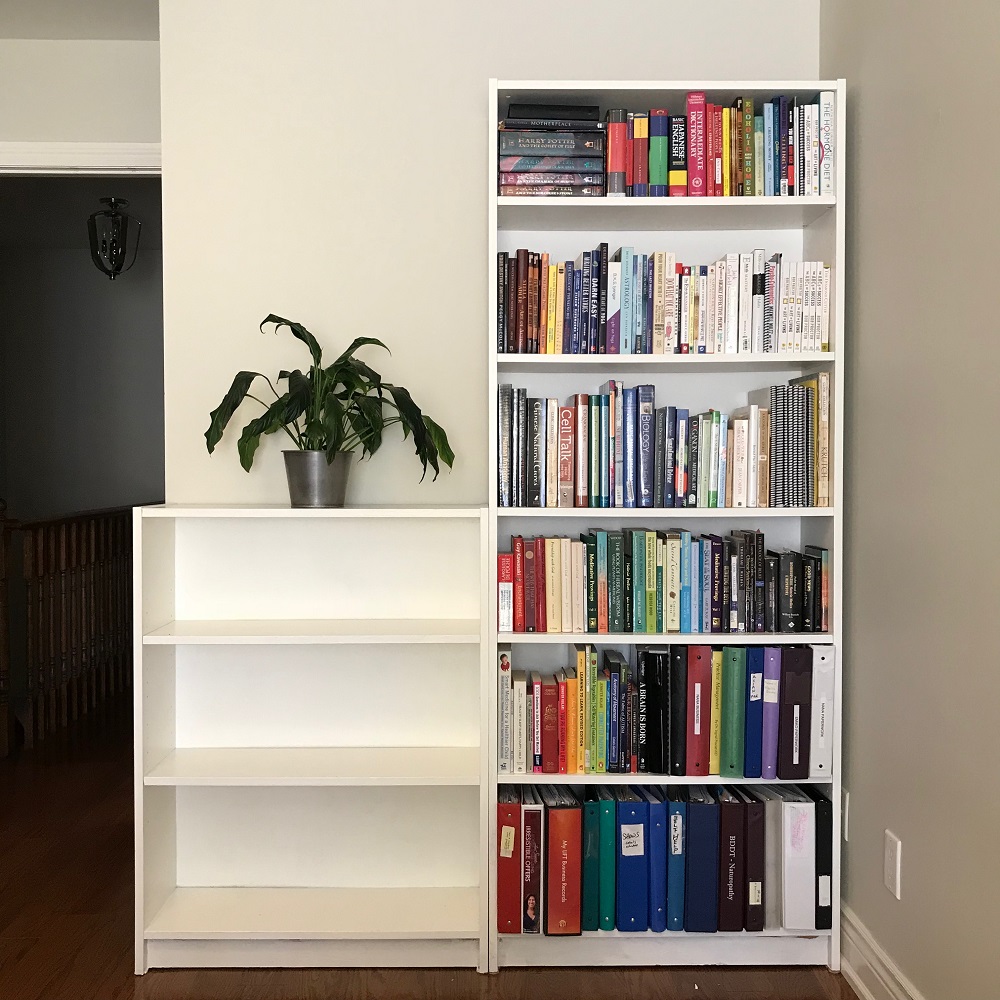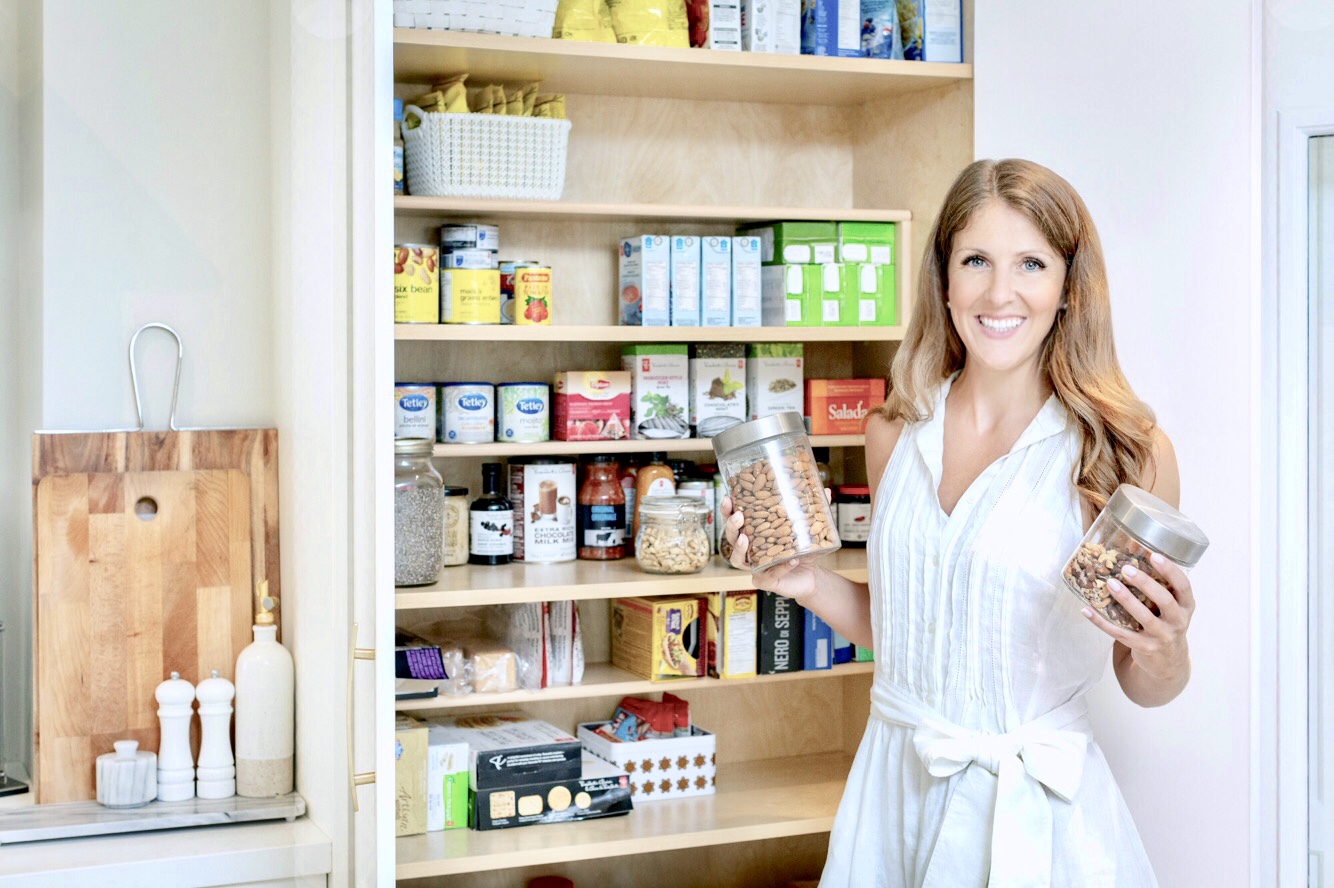From your desktop to office supplies to the shared kitchen, here’s how to get your work space to spark joy.
Getting organized can be a daunting task, especially in the workplace where papers pile up and unnecessary trinkets take over your desk. But according to Toronto-based KonMari expert, Ivanka Siolkowsky, cleaning up your work space can actually increase productivity and efficiency, eliminate stress, help you meet deadlines, get you in the right mindset, and as a result, bring in higher revenue.
Siolkowsky, otherwise known as The Tidy Moose, helps clients organize their homes and workspaces according to the KonMari Method invented by Japanese organization expert Marie Kondo.
It encourages people to organize by category instead of location and only keep objects that spark joy. Siolkowsky says other tidying methods focus on getting rid of things, but KonMari changes the wording entirely. Instead, it’s all about what you should keep.
Office supplies and documents might not necessarily spark joy, so instead you can think about whether each object improves your work space. “It’s focusing on the things you want in your life to move forward and the things you want to make your life easier,” she explains. “You’re changing the mindset and it’s in a more positive way, which will makes you more productive in any aspect of life.”
Here are 8 tips from Siolkowsky on how to organize your workspace.
Decide what needs to stay
Often times people’s desks just pile up with unnecessary things. Try and narrow down the documents or files on your desk based on what you’re using today or what you’ll be using this week. That way, if you need to find something you can do it quickly, without wasting company time or money.
Find a system that works for you
There are different ways to store the documents you aren’t using. You can create a binder for the last six months or last year, or you could alphabetize.Siolkowsky says one of the most common misconceptions of the KonMari Method is that it’s a one size fits all method. But people work differently and that’s okay. Some people can’t have anything on their desk so they want to file everything away immediately. Others need a bit of mess to be productive, and that’s okay, too.


Start small and stick to it
Do it in baby steps. Go through your desk drawer by drawer if organizing seems intimidating. Consolidate everything in that space by category. Start by throwing out all the pens that don’t work, then move onto papers, bills, receipts, and so on. Once you’ve re-organized, schedule a monthly, or even weekly, reminder to look back at your desk and make sure you’re not slipping back into old habits. The more often you check, the quicker it’ll become a habit and soon you won’t have to think about it at all.
Digitize and categorize papers
These days, most files can be digitized. Siolkowsky says she has USBs and external hard drives which immediately reduces the amount of paper on your desk. Especially if a document has been lying around for months, or even a year, it’s time to toss the physical copy and keep an electronic backup if needed. If you do have physical sheets of paper, organize those in binders with sheet protectors so you can slide the papers in and out, keep corresponding documents together, and be able to see everything you have.


If you’ve read it, let it go
When it comes to books and magazines, “once you’ve read it, the information has been received,” says Siolkowsky. Most people actually don’t refer back to those books and magazines they’ve already read, which means it’s time to say goodbye. There’s nothing wrong with keeping books you need and use regularly, but those can be stored on a bookshelf instead of your desk.
Schedule it
Colour code your calendar. Before becoming an organization consultant, Siolkowsky was an elementary school teacher. She would print out a giant schedule for the week and block it out with colours so the kids could see from the other side of the room when they had each class and pull out their corresponding binder in the same colour. “It’s visual literacy”, says Siolkowsky, and she still uses this method to organize her business.


Waste not
There are recycling programs for most of the things you’re getting rid of. Little Free Library is a great program which allows people to donate books and participate in book exchanges with members of the community. In the future, consider buying digital books. They’re cheaper, take up less room, and you can keep them forever.
Consider office layout
In a larger office space, sometimes the way desks are arranged isn’t the most efficient. Rotating a desk or shifting employees around can improve the flow of the office. If you’re the boss, look at where your most efficient and least efficient workers sit and think about how that might affect their productivity.








